The spiritual heart of Asakusa, and for that matter Tokyo, is the excellent Sensoji Buddhist Temple. Developed sometime in the 7th century prior to Tokyo was even Edo, to house the golden statuary of Kannon, the goddess of mercy, which, according to legend was fished out of the neighboring Simudagawa, by 2 local fisherman brothers. Regardless of their efforts to return Kannon to the river where she was found, the statue kept finding its way back to them. Consequently a holy place was constructed to house the goddess. Sensoji is Tokyo’s only concurred tourist destination, and is checked out daily by hundreds of tourists and worshipers from Japan and all over the world.
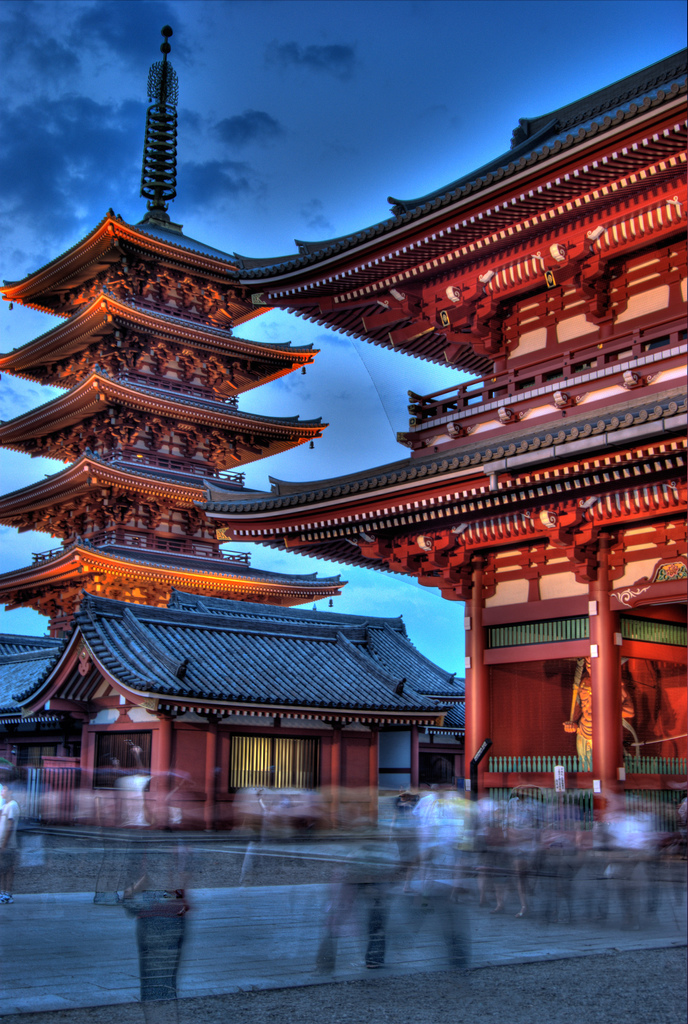
Sensoji Temple
Showing up from Asakusa metro station, Sensoji is entered through Kiminarimon (“Thunder Gate”). An impressive structure that houses 2 protective deities: Fuijin, the god of wind, on the right, and Raijin, the god of thunder, left wing. These ferocious gods look after all who enter the temple and keep the premises safe.
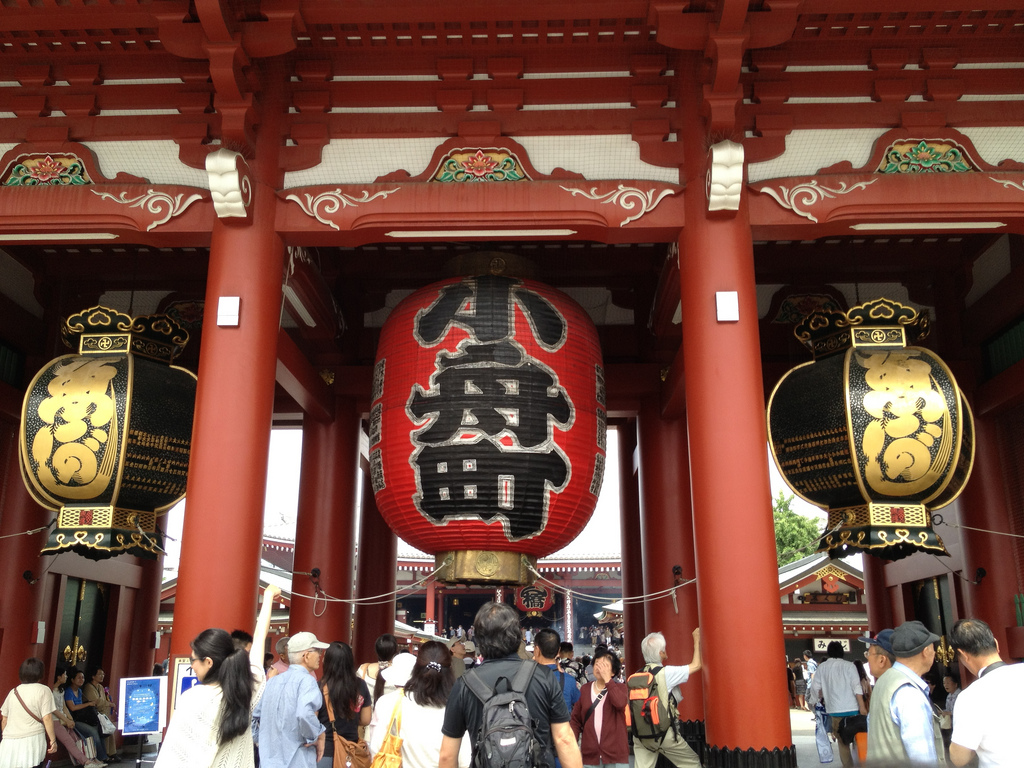
Sensoji, Asakusa district, Tokyo
As soon as inside eviction, you will pertain to Nakamise-dori. This buying road, set within the actual holy place precinct, has a history all of its own. These stalls and their proprietors are a living part of a centuries old tradition of offering merchandises to the pilgrims seeing the holy place.
In the late 17th century, next-door neighbors of the Sensoji who received and served visitors to the temple, were rewarded by being given a special right to open shops to offer their merchandises along the technique to the temple.
This continued up until 1885, when the Tokyo city government, having taken control of the land concerning Sensoji, ordered all Nakamise merchants to leave and in the exact same year built western design brick shops, bring about the start of modern-day Nakamese.
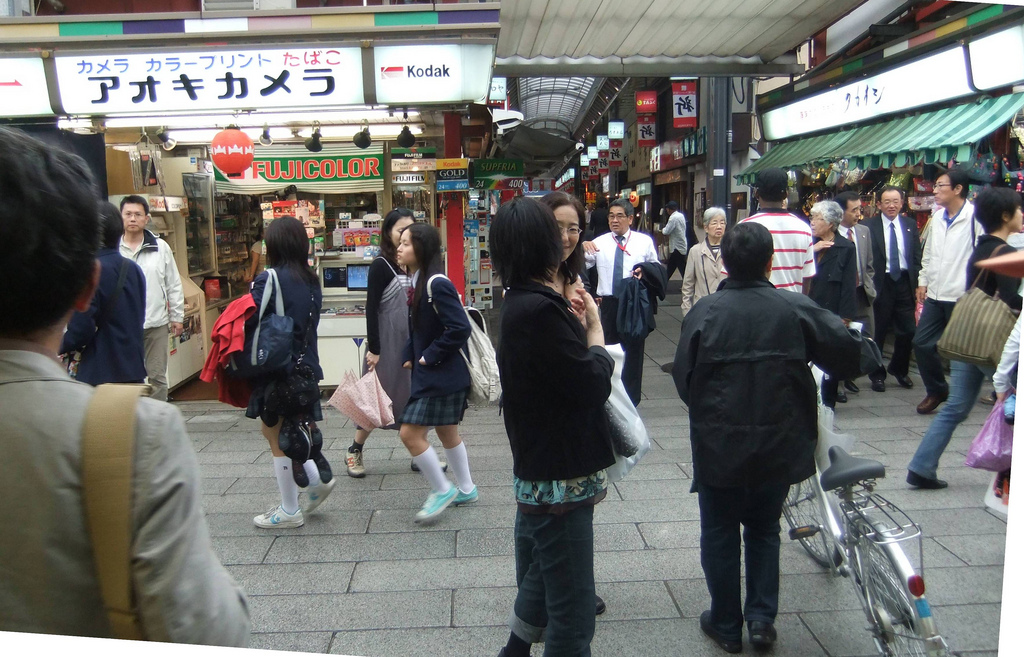
Sensoji market
Today you can discover every little thing from vacationer ornaments, such as folding fans, to standard Japanese clothes including kimonos and yukata, to regional junk food. Extending for some 200 meters, Nakamise-dori is the best location to while away an hour and get a souvenir or two prior to getting in the main ground of the holy place.
The major ground itself whirs with accents from all over the world and the click of cameras. Travelers and citizens mix on the holy place premises, uniting in their objective to pay their aspects. 100 yen will purchase you an omikuji (fortune written on a small piece of paper). You put the cash in an honor box and shake a small cylinder including sticks with numbers written on them. Shake the cylinder up until among the sticks falls out and pull your fortune from a drawer with the corresponding number. Tie the paper onto a neighboring string so that the wind can distribute the bad luck if your fortune is bad.
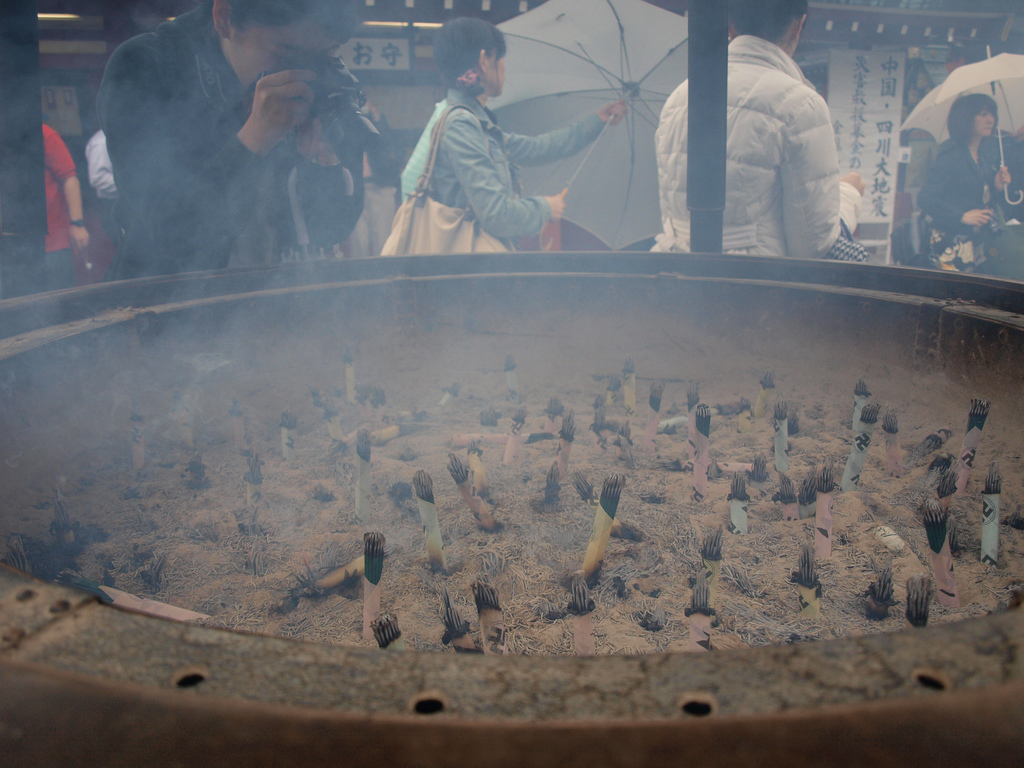
incense
Spotlight in the holy place forecourt is an incense burner. Here you will normally see a group of site visitors fanning smoke from the burning incense over themselves. The incense is believed to have healing powers, therefore fanning the smoke over your disorder will assist to recover it. Fan some of the smoke over your head if you suffer from headache.
The main holy place hall still houses the golden statuary of Kannon, a small 6cm tall, and is viewable by the public. Advance to cast some coins in the offer box, which sits in front of the change, take a step back, place your hands together, victim then bow. This is the basic practice of preying at a Buddhist temple.
To the left of the forecourt and forming part of the temple, is the 5 story (53 meter) pagoda. A 1973 reconstruction of the initial pagoda constructed on the exact same ground. This is the largest pagoda in Tokyo.
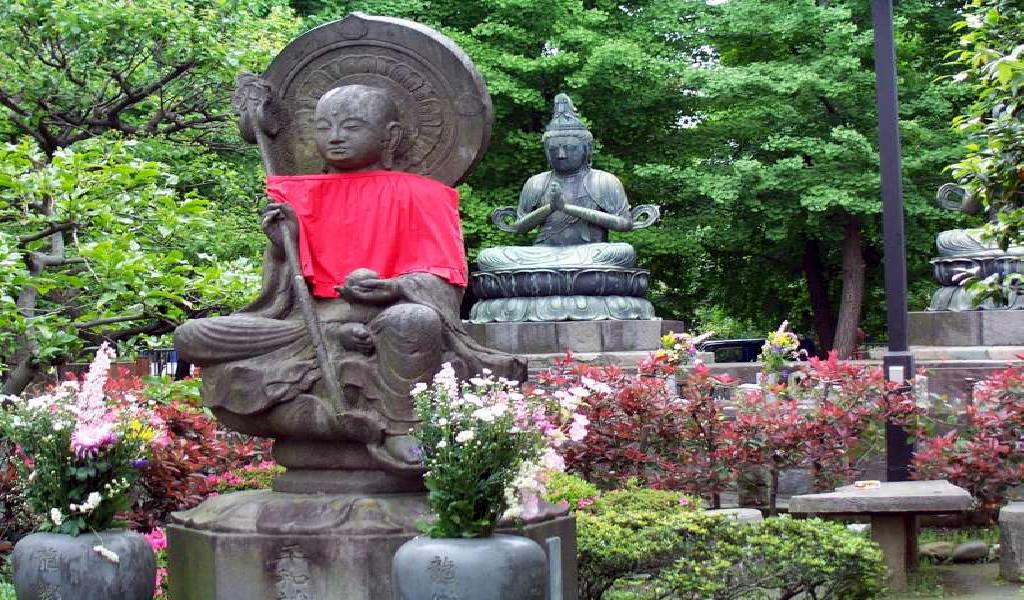
Sensoji Temple in Asakusa
Destroyed by earthquakes and World War Two aerial battles, Sensoji Temple has actually been reconstructed and rebuilt time and time again. Testament to the significance it holds within the Buddhist neighborhood and the public. A remembrance of centuries old worths and traditions that carry on today within Tokyo’s disorderly way of living, Sensoji is a steadying suggestion that regardless of warring countries and new modern technology, some things will always continue to be.